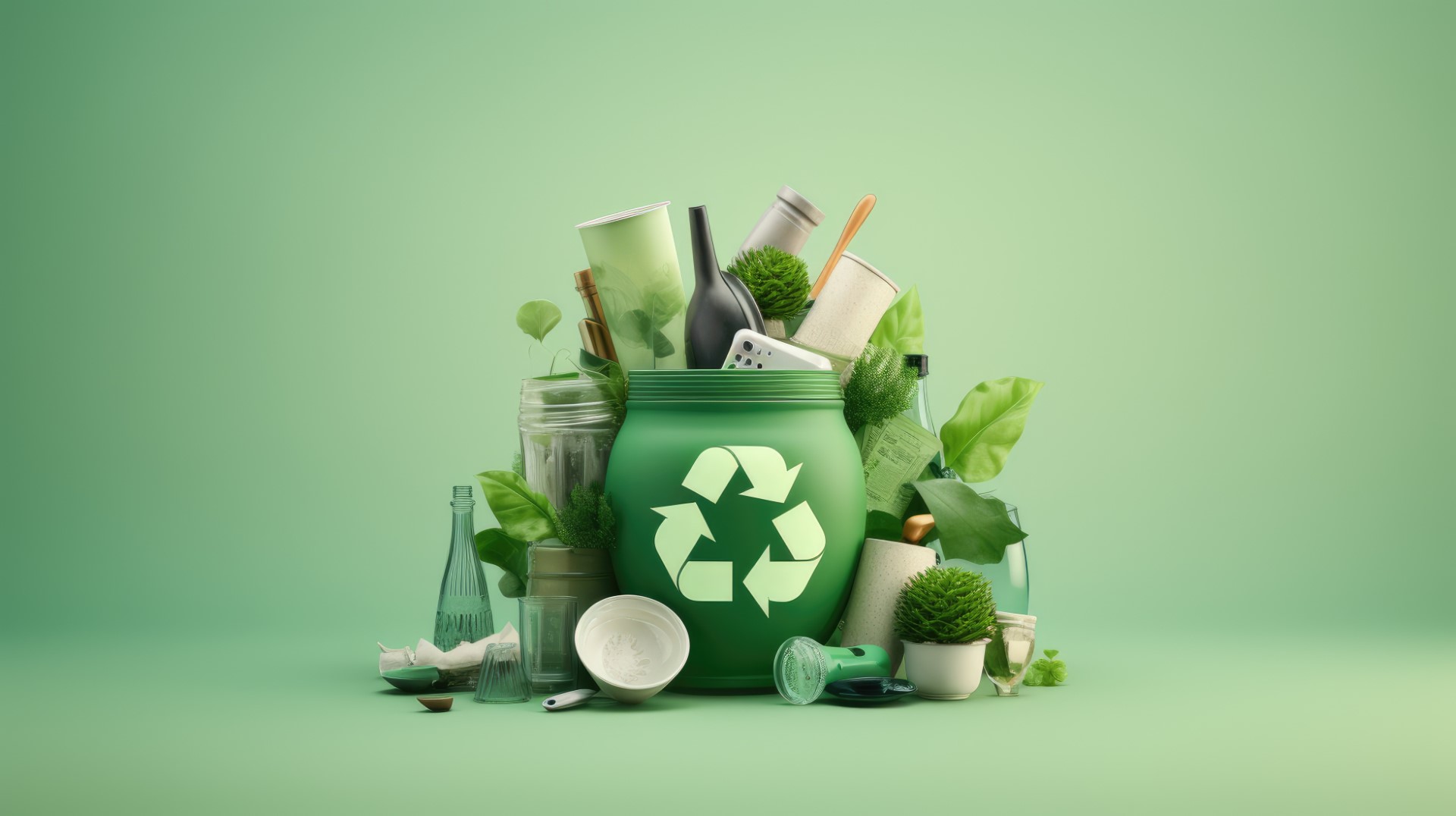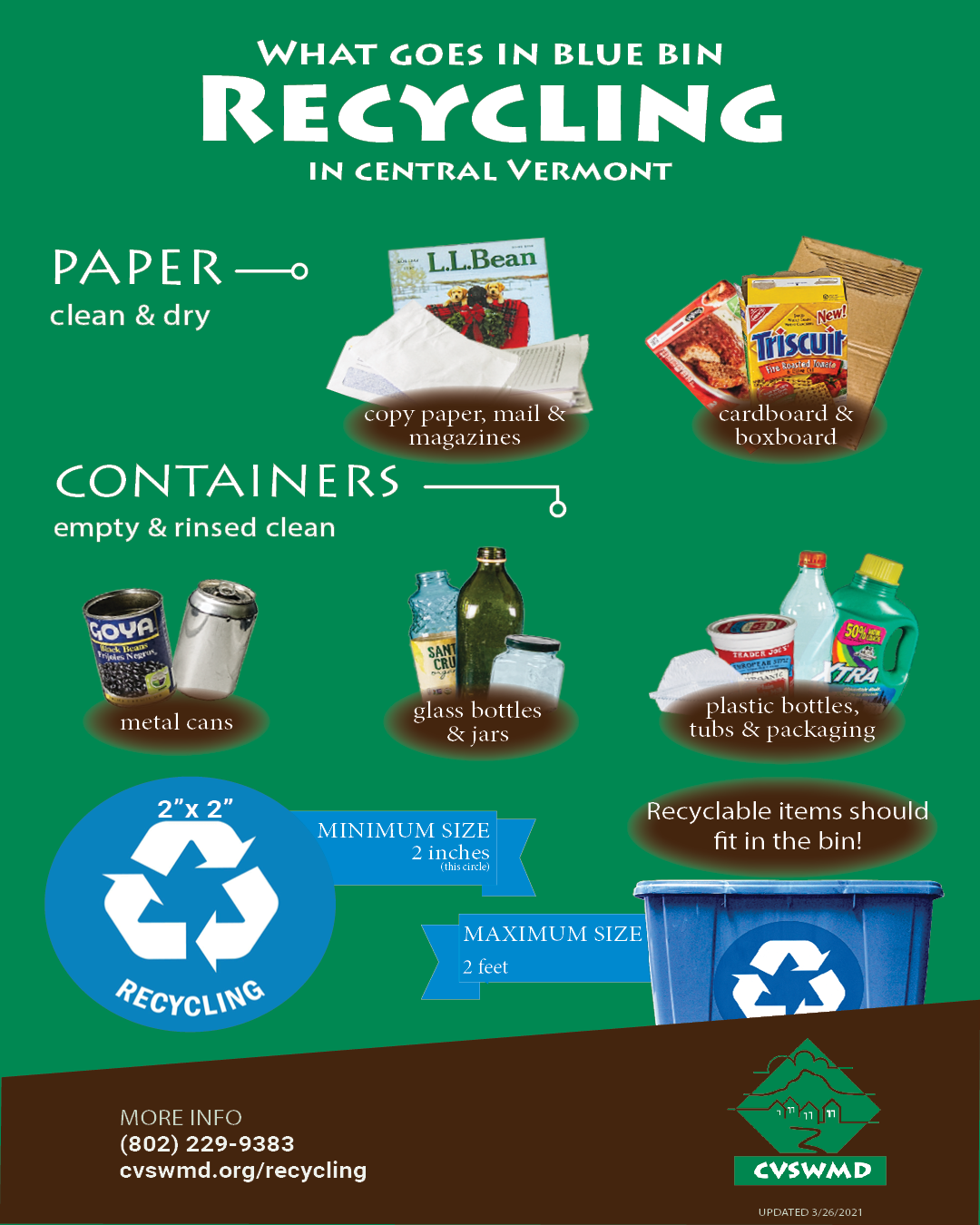Why Pick Recycling Lives Services for Your Waste Monitoring Demands
Why Pick Recycling Lives Services for Your Waste Monitoring Demands
Blog Article
Discovering Various Kinds of Waste in Modern Waste Administration Solution
The contemporary landscape of waste administration involves navigating an intricate selection of waste types, each needing specialized handling and disposal approaches to alleviate environmental influences. Community strong waste, dangerous waste, digital waste, and natural waste each existing unique difficulties and chances for source recovery.
Municipal Strong Waste
Local solid waste, frequently described as household garbage or rubbish, encompasses a range of disposed of materials created by household, business, and institutional resources within a district. This waste stream normally includes things such as product packaging, food scraps, lawn trimmings, paper, plastics, textiles, and thrown out household items. The monitoring of metropolitan solid waste is a crucial part of metropolitan preparation and public health and wellness, demanding efficient collection, transport, and disposal systems.
Efficient waste administration systems are developed to reduce ecological impact while making best use of resource recuperation. This commonly includes a combination of approaches including composting, recycling, and landfilling. Recycling programs target materials like paper, glass, metals, and particular plastics, diverting them from garbage dumps and reintroducing them right into the production cycle. Composting natural waste, such as food scraps and backyard trimmings, not only lowers garbage dump usage however also creates important dirt amendments.
Districts need to additionally address the logistical and financial challenges connected with waste management. Implementing pay-as-you-throw systems, improving public recognition, and purchasing innovation can substantially improve waste diversion prices. By incorporating these techniques, communities can promote lasting communities, minimize greenhouse gas emissions, and preserve natural deposits.
Contaminated Materials

Reliable hazardous waste monitoring involves numerous vital steps: recognition, treatment, partition, and disposal. Recognition involves the classification of waste based upon its hazardous homes. Segregation makes sure that harmful materials are saved separately from non-hazardous waste to avoid cross-contamination. Treatment techniques, such as chemical neutralization, incineration, and stabilization, are used to decrease the poisoning, quantity, or movement of the waste. Disposal alternatives, consisting of safe landfills and below ground storage space, are picked to ensure long-term control.
Regulatory frameworks, such as the Source Conservation and Recovery Act (RCRA) in the United States, give guidelines and standards for contaminated materials administration. Adherence to these laws, paired with innovations in waste therapy innovations, is necessary in mitigating the threats connected with dangerous waste.
Electronic Waste
Digital waste, typically described as e-waste, stands for a quickly growing challenge in waste management systems around the world. This sort of waste includes discarded digital gadgets and tools such as mobile phones, computer systems, tvs, and various other digital appliances. The fast speed of technical innovation, combined with reducing item life-spans and consumer demand for the current tools, has actually exponentially raised the volume of e-waste generated annually.
E-waste is specifically problematic because of its complex structure, usually having dangerous compounds like lead, cadmium, and mercury, which position substantial environmental and health and wellness risks otherwise correctly managed. Conversely, e-waste likewise includes valuable products such as gold, silver, and copper, which can be go to my blog recovered and reused. The dual nature of e-waste-- both dangerous and useful-- necessitates specialized handling, reusing, and disposal procedures.
Effective e-waste administration entails rigid governing frameworks, durable collection systems, and advanced recycling technologies. Public recognition and involvement are essential, as incorrect disposal techniques, such as prohibited dumping and casual recycling, aggravate environmental contamination and health risks. Boosting e-waste management methods is essential for mitigating ecological effect and recouping important sources in an increasingly digital world.

Organic Waste
Organic waste, comprising kitchen area scraps, backyard trimmings, and agricultural deposits, stands for a significant portion of the worldwide waste stream. This kind of waste is eco-friendly, meaning it can be broken down by microorganisms into easier organic substances. Regardless of its potential for natural decomposition, inappropriate management of organic waste can cause unfavorable ecological effects, consisting of the exhaust of greenhouse gases such as methane, which contribute to environment adjustment.
Reliable management of organic waste is critical for decreasing these ecological impacts (recycling lives services). Composting is a widely taken on technique, transforming natural waste right into nutrient-rich compost that can boost dirt health and agricultural performance. Additionally, anaerobic digestion is an emerging technology that transforms natural waste right into biogas, a renewable resource source, and digestate, which can be made use of as fertilizer
Municipalities and waste monitoring entities must execute robust natural waste collection and therapy programs to make best use of Extra resources the advantages of these procedures. Public education projects can also play a crucial function in encouraging homes and companies to different organic waste from various other sorts of waste. By prioritizing the monitoring of organic waste, societies can decrease garbage dump usage, lower greenhouse gas exhausts, and develop important results for farming usage.

Ingenious Waste Monitoring
In the realm of waste administration, innovative methods are changing how cultures manage their refuse, aiming for sustainability and performance. One famous technology is the implementation of clever waste containers outfitted with sensing units that keep an eye on fill degrees and enhance collection paths.
Another significant development is the adoption of waste-to-energy (WtE) modern technologies. By transforming non-recyclable waste right into functional energy via procedures such as incineration and anaerobic food digestion, WtE reduces land fill burden and provides a renewable resource source. Additionally, advancements in chemical reusing permit for the failure of intricate plastics into their initial monomers, making it possible for the creation of brand-new, top notch plastic products.
Furthermore, the circular economic situation model is acquiring grip, stressing the style of products and systems that focus on reusability and source performance. This holistic approach urges sectors to decrease waste generation from the start. Through these ingenious approaches, modern-day waste monitoring systems are not just dealing with the instant obstacles of garbage disposal but likewise paving the way for an extra lasting future.
Conclusion
A detailed understanding of municipal strong waste, contaminated materials, digital waste, and natural waste, combined with the implementation of innovative waste administration services, is imperative for mitigating ecological effects. Integrating innovations such as smart waste containers and waste-to-energy systems can improve efficiency and sustainability. Efficient waste monitoring approaches not just foster source recuperation but likewise advertise public awareness and engagement, inevitably adding to the development of a round economic climate.
The modern landscape of waste monitoring entails navigating an intricate range of waste kinds, each needing specialized handling and disposal approaches to minimize ecological influences. Municipal solid waste, hazardous waste, digital waste, and organic waste each present distinctive challenges and opportunities for source recuperation.Digital waste, commonly referred to as e-waste, stands for a rapidly growing obstacle in waste management systems globally. With these cutting-edge techniques, modern-day waste monitoring systems are not just addressing the instant obstacles of waste disposal but likewise leading the means for a more lasting future.
An extensive understanding of metropolitan solid waste, hazardous waste, electronic waste, and organic waste, combined with the application useful site of cutting-edge waste management remedies, is critical for reducing environmental impacts. (recycling lives services)
Report this page